A PERSONAL NOTE. On October 28, 2018 I moved into my new home, returning to the place I love the most – the Mad River Valley, Vermont. On October 30, 2019 I closed on my former house after an arduous and anxious year of being the “seller.” These 2 dates seem to be so clean and neat and uncomplicated, but they represent years of seeking, finding and adapting; years of identifying problems and defining solutions; years of change bolstered by the need to be bold yet sustained by faith, family and friends.
Now, before I go a sentence farther, rest assured – I am completely healthy, strong and always grateful for an inordinate supply of energy and positivity. No, there was nothing really wrong with my life, but it was simply time to change things up, to take the next step, and to live a life more in concert with my personal goals, ethics and inner voice. (and no I am not talking to myself – though I do talk to my dog a lot!)
All of this being said, perhaps the thoughts that are front and center to me from my waking minutes on throughout my day are thoughts of gratitude. As I return to these thoughts time and time again I find I am continuously renewed and supplied with the curiosity and creativity I need to do my work and live my life.
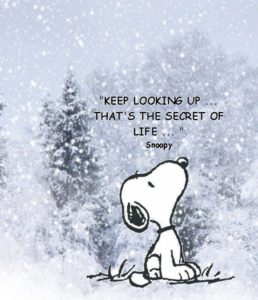
Irresistible advice shamelessly lifted from the FB page of Janet Richardson.
So, that’s me. What about you? Do you relate to any of this? Does each day’s sunrise herald a new day to explore or the start of yet more drudgery? If the latter, are there any changes you can make to find joy? Do you pause to notice the trees’ shadows on the snow as the moonlight shines through? (Yeah, I know, snow, right? But that’s exactly the pause I needed to observe last night and it’s only 11/9.) Yes, of course, life can be unerringly difficult, but even finding a few pockets helps….
STUDENT LIFE. I love being a student. I love research and prefer it always to creation. I could never, for example, write fiction, but I could do a decent job collecting and sharing researched material. I’m not clever enough to reinvent the wheel, but will happily use what is already in place, the excellence of someone smarter and wiser who has gone before me. It is natural, therefore, that my work is in the field of fitness, and in recent years Yoga, where student opportunities are infinite and experience plays a significant role.
And now, in November, I find myself associated with a beautiful studio near my home, Mountain Rose Integrated Wellness Center, (http://www.mountainrosevt.com) founded and led by Ana del Rosal, a deeply qualified and gifted professional who has created a sacred space in which to share the practice of Yoga and oh so much more. Furthermore, though I had roots in this Valley, I am excited to reconnect with friends, make so very many new friends through my teaching, and sharing my work with former clients in new surroundings.
When I first visited this area way back when my babies were babies, I distinctly remember driving to the grocery store and thinking – “wow, in this place, even a mundane task is gorgeous!” – and I promised myself that I would never take it for granted. This week, in one of my classes, I shared this quote and it reminded me of my previous vow. “Life is mostly about mundane experiences. When you start thinking that only your most thrilling experiences are significant, you have already lost the most precious thing in life, the ability to fully immerse yourself in every experience.” (tricycle.org)
Please, I implore you, find the student within. Now that we are all grown up (ha!), we have probably left behind our childhood aversion to school. Whatever our personal lives may look like, whatever physical, emotional, financial and professional limitations are imposed from without or self-imposed, we can always jump on that wagon of curiosity and take a little ride. (And don’t you just love that word – curiosity?!)
ARE YOU SAFE? My final November note comes from an unlikely source. Recently I had a flat tire. As a cyclist, “flatting” took on a dreaded significance as I truly hated changing a tire on the side of the road. Did I say I hated it? Indeed! But when it comes to my car, it’s AAA all the way. I made the call and the very first thing the answering voice said was “Are you safe?” I was. I was at home and my car was in the parking lot outside my door, thanks to a very slow leak. I was serviced immediately and everything turned out just great. But those 3 words set me off down many mental paths. Should this be a question we ask ourselves far more frequently during each day? Should these three words govern decisions or initiate warning bells in our heads?
You know what? I’ve sounded a bit too preachy in this post so I’m going to leave it at that and let you take it from here. If you have shared a Yoga class with me you know that I often refer to our Yoga mats as a place of safety, our own personal space where we can move and experience our practice in an entirely and uniquely individual way. (Note, even here we must always question those 3 words. That’s a topic for another day. It is also the blessing of an impeccable studio and staff.)
NOVEMBER, by Terry Cockburn (https://freeportyogaco.com). This week I taught a 90 minute Yin Yoga practice and borrowed the following words from my teacher, Terry Cockburn. The only hitch was that our outside world was being quickly covered by snow so the timing seemed a touch off. But you’ll get the pointJ Enjoy, be safe, be curious and be bold.
“November is a time of transition. Here in New England, we witness the rapidly changing landscape as the trees shed their leaves, and the chill of wind moves through, drying the earth, the air and our bodies. As we move toward shorter, darker days, the expansive, yang energy of summer is consumed by the contractive, introspective yin energy of the autumn. Observing and honoring the downward, inward energy of this time of year and learning to live in harmony with the spirit of the season can contribute to our overall health and wellbeing. Taking a cue from nature, as it slows down and rests for a bit, we too, may benefit from sleeping a little longer, eating warm, nourishing foods and paying closer attention to our inner world.”

a snapshot of inevitability – lfreeman

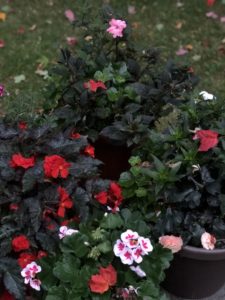 Life is not a toggle switch. Exempting trauma, accident, lightening strikes and the like, life seems to plod or race from one stage to another, but always with some sort of modulation. Though arrival at the next event is the goal, perhaps it is in the interim, the preparation, the transition, that life is experienced authentically.
Life is not a toggle switch. Exempting trauma, accident, lightening strikes and the like, life seems to plod or race from one stage to another, but always with some sort of modulation. Though arrival at the next event is the goal, perhaps it is in the interim, the preparation, the transition, that life is experienced authentically.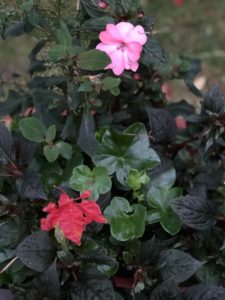 Today did we turn off summer and turn on autumn? I think not. This morning I took a few pictures of my gardens, loving the richness of color and the integration of signs of autumn, fallen leaves among the remaining blooms. Nature defines transition by the juxtaposition of the good with the bad, the colorful with the bland, the new with the old.
Today did we turn off summer and turn on autumn? I think not. This morning I took a few pictures of my gardens, loving the richness of color and the integration of signs of autumn, fallen leaves among the remaining blooms. Nature defines transition by the juxtaposition of the good with the bad, the colorful with the bland, the new with the old. Seasons teach us life lessons. Letting go of the past and moving on can be heartbreaking or exhilarating. While we honor the past for joys and sorrows, skills to progress and experience to rely upon for future challenges, we recognize that each step has led us to where we are now. We are grateful for the textured fabric of existence that weaves a piece of great beauty. We are reminded to protect and to give back.
Seasons teach us life lessons. Letting go of the past and moving on can be heartbreaking or exhilarating. While we honor the past for joys and sorrows, skills to progress and experience to rely upon for future challenges, we recognize that each step has led us to where we are now. We are grateful for the textured fabric of existence that weaves a piece of great beauty. We are reminded to protect and to give back.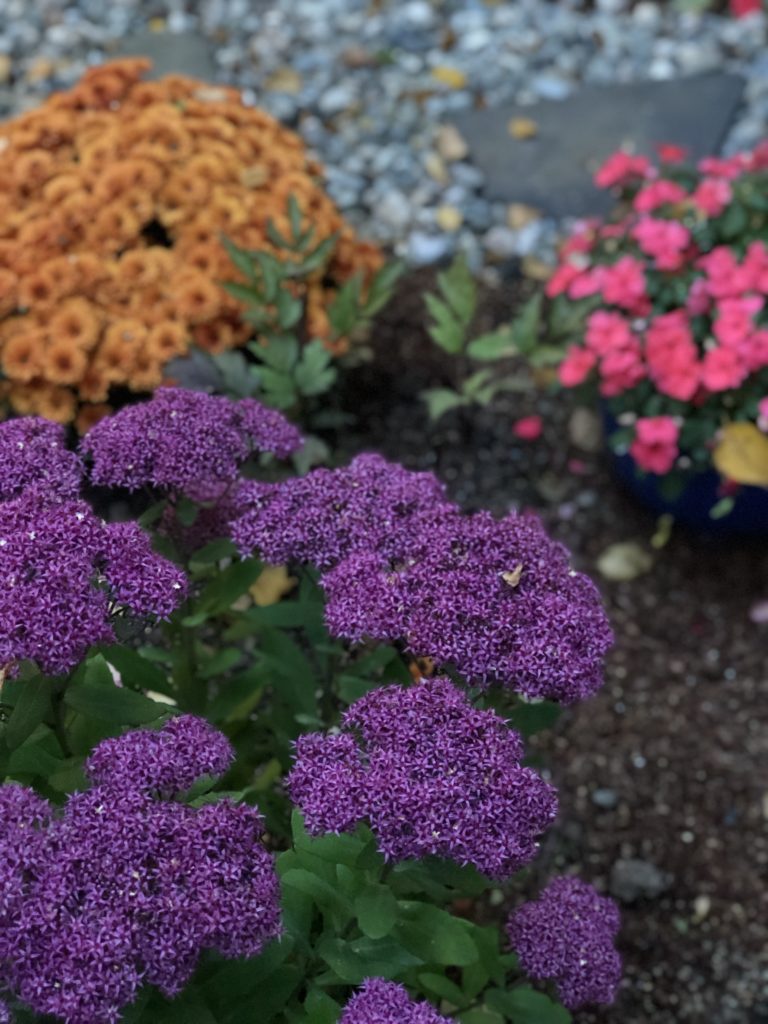
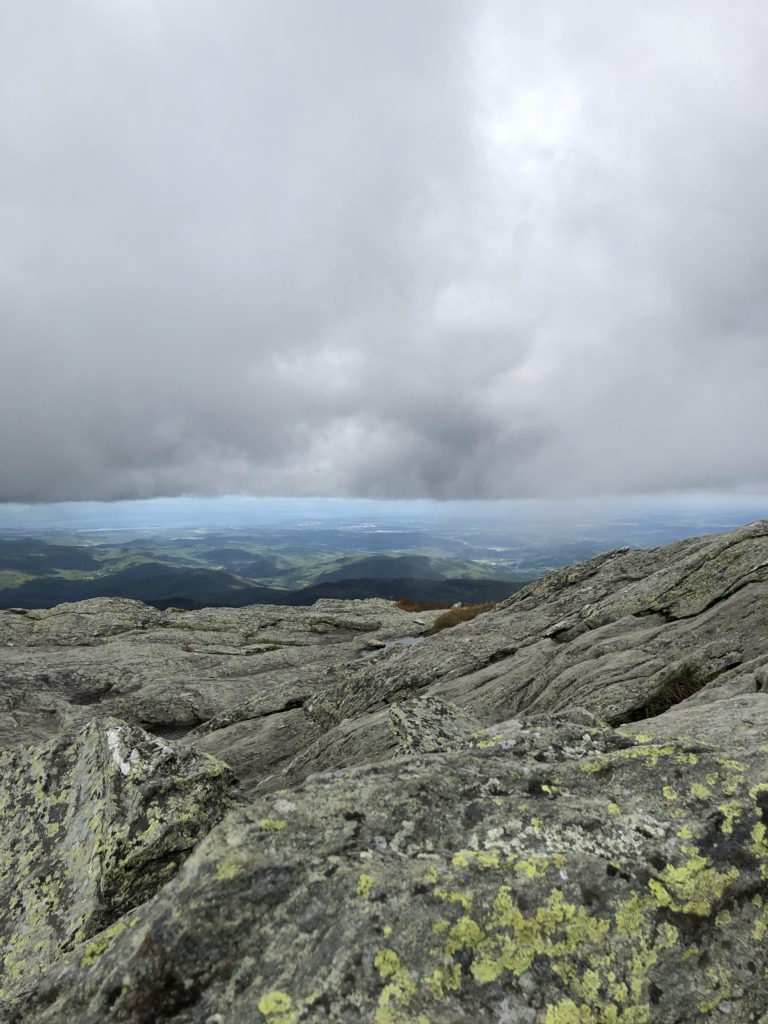
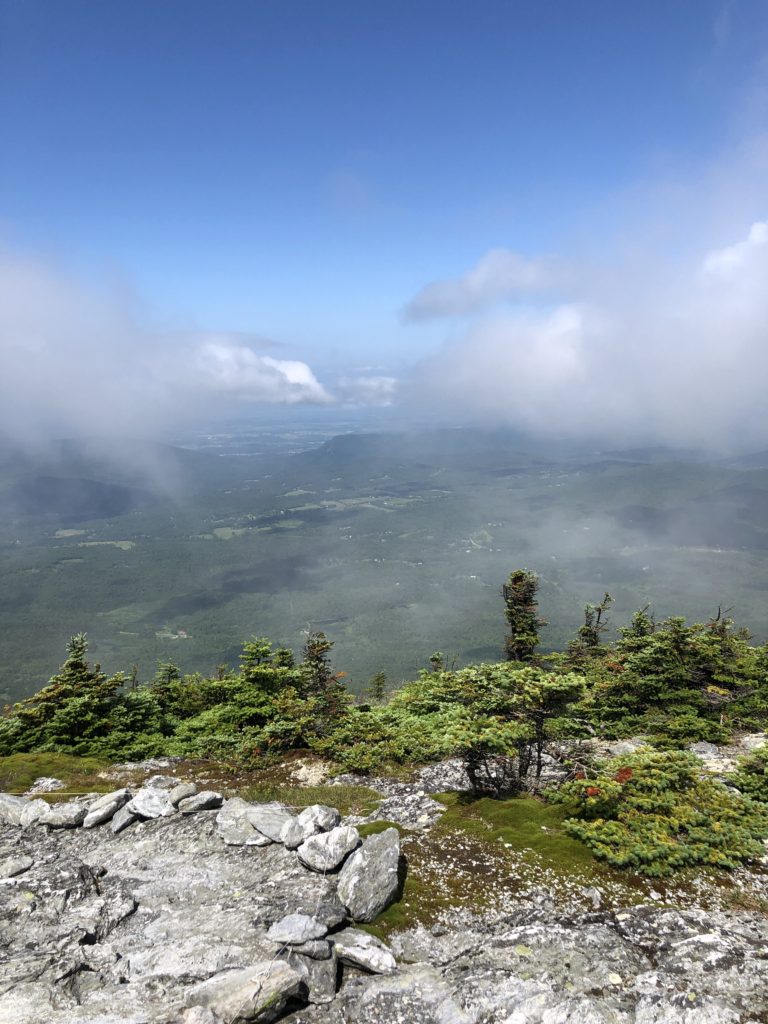
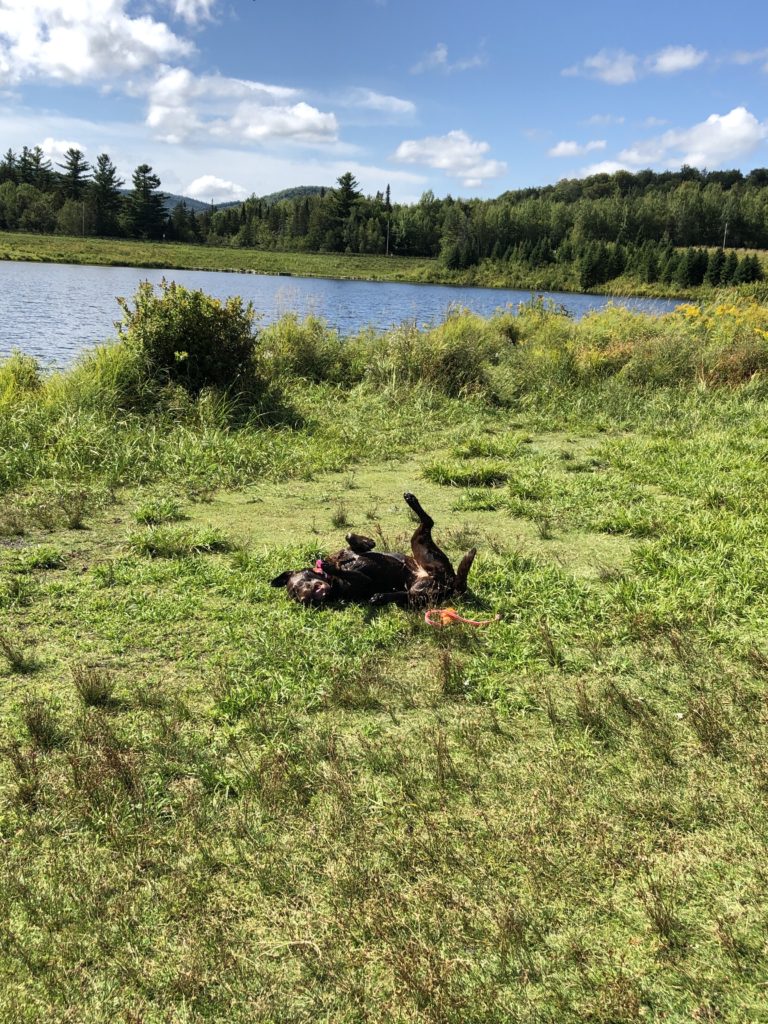
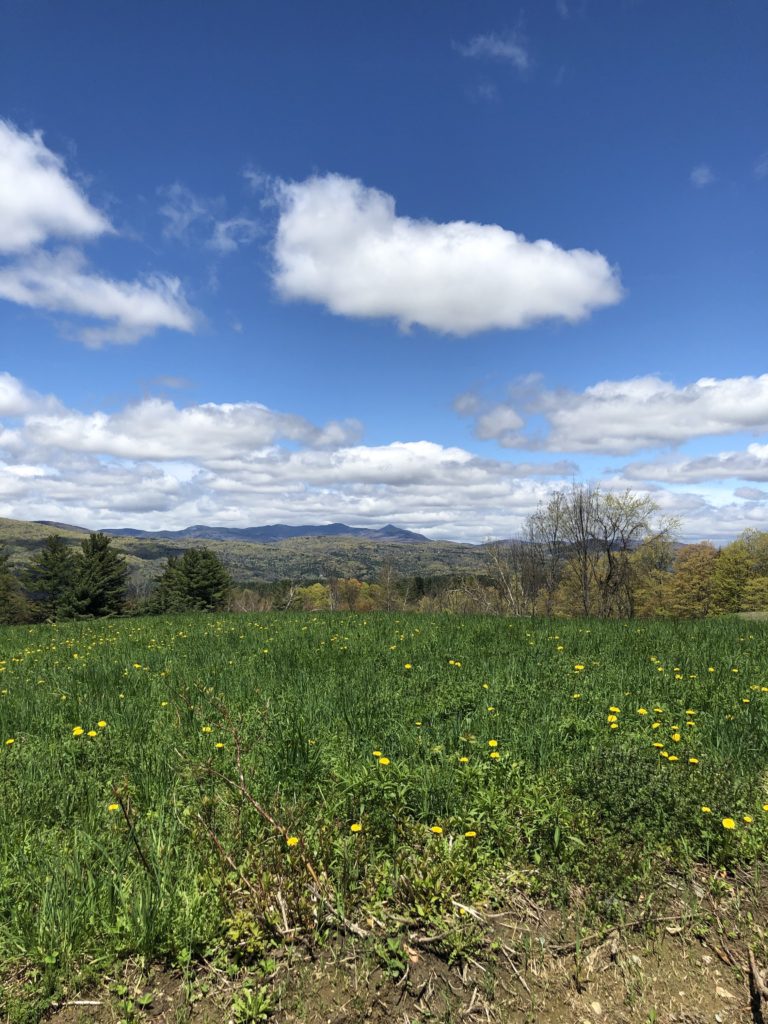 How sunshine affects one’s fitness level is obvious, but significant in definition. It is patently apparent that a good, sunny day puts a spring in our step and lures us outdoors to participate in a variety of healthy activities that might have seemed drudgery on a different day.
How sunshine affects one’s fitness level is obvious, but significant in definition. It is patently apparent that a good, sunny day puts a spring in our step and lures us outdoors to participate in a variety of healthy activities that might have seemed drudgery on a different day.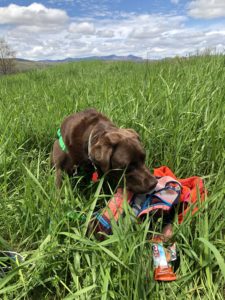
 But the notion of new growth budding and blossoming and all that it represents is a notion to hold dear. Each new morning is the springtime of a day. Each new idea, each new adventure, each new connection is the onset of creativity and ultimate fruition.
But the notion of new growth budding and blossoming and all that it represents is a notion to hold dear. Each new morning is the springtime of a day. Each new idea, each new adventure, each new connection is the onset of creativity and ultimate fruition.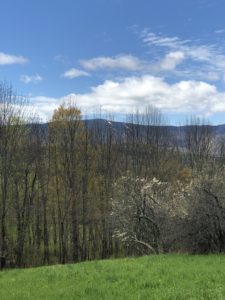
 drives many minutes of each day. It is motivation that underpins major chunks of enthusiasm, fuels the determination to persevere, and keeps one moving on a forward path professionally, personally and simply in being alive.
drives many minutes of each day. It is motivation that underpins major chunks of enthusiasm, fuels the determination to persevere, and keeps one moving on a forward path professionally, personally and simply in being alive.
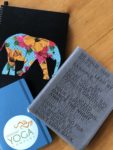 On a personal note, I found myself slipping from some of the structured practices that I know benefit my day. Early morning journaling and meditation was being lost in a few minutes of extra sleep, at home Yoga practice was giving way to lethargy, outings in the woods with my pup were abandoned. Of course, there is solid reasoning behind this – I need that sleep or the woods are just too wet and messy right now. (Besides, the bears are waking up and they’re hungry!)
On a personal note, I found myself slipping from some of the structured practices that I know benefit my day. Early morning journaling and meditation was being lost in a few minutes of extra sleep, at home Yoga practice was giving way to lethargy, outings in the woods with my pup were abandoned. Of course, there is solid reasoning behind this – I need that sleep or the woods are just too wet and messy right now. (Besides, the bears are waking up and they’re hungry!)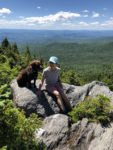 Because one of my goals is to be ready to hike when Vermont trails open again the end of May, I need to build strength and endurance now. Much to the delight of my dog, we are leash walking dirt roads a minimum of 3 miles a day, adding ½ mile to our one weekly long walk which should give us at least 10 miles by the time the hikes begin, adding at least one straight up climb each week (useful to live near a ski area that is closed for the season), and, for fun and mental flexibility, daily making sure to have plenty of off-leash ball play and some agility drills for both of us.itself.
Because one of my goals is to be ready to hike when Vermont trails open again the end of May, I need to build strength and endurance now. Much to the delight of my dog, we are leash walking dirt roads a minimum of 3 miles a day, adding ½ mile to our one weekly long walk which should give us at least 10 miles by the time the hikes begin, adding at least one straight up climb each week (useful to live near a ski area that is closed for the season), and, for fun and mental flexibility, daily making sure to have plenty of off-leash ball play and some agility drills for both of us.itself.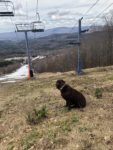

 But just what is meditation? Is it as vast and unattainable as it appears? I am one of those who prefers an academic approach to any subject. In a lecture, I am the one scribbling madly trying to capture every word being said (and often missing the meaning in the process; yes, I know). I am the one who wants clear definitions. I want to know what skill sets are required and how to obtain them. I want to identify progress and see an end result.
But just what is meditation? Is it as vast and unattainable as it appears? I am one of those who prefers an academic approach to any subject. In a lecture, I am the one scribbling madly trying to capture every word being said (and often missing the meaning in the process; yes, I know). I am the one who wants clear definitions. I want to know what skill sets are required and how to obtain them. I want to identify progress and see an end result.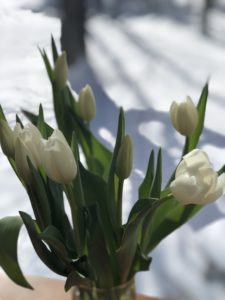
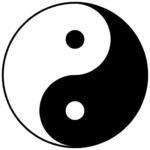 styles of meditation, recognizing that there is no right or wrong but that each and both can be practiced. Perhaps I might prefer the structure and direction, the generative aspect of Yang meditation. But the notion of an anchor to stabilize my practice does not appeal. An anchor is cold and heavy, attached to a massive chain, and lands in the mud at the bottom of the waterway. I prefer the buoyancy, grace and freedom of the Yin approach, the Perch to which I might return lightly for stability and the permission to fly away again should I chose to do so. I want something to go back to, but I also want to explore my mental edge and to be comfortable in doing so.
styles of meditation, recognizing that there is no right or wrong but that each and both can be practiced. Perhaps I might prefer the structure and direction, the generative aspect of Yang meditation. But the notion of an anchor to stabilize my practice does not appeal. An anchor is cold and heavy, attached to a massive chain, and lands in the mud at the bottom of the waterway. I prefer the buoyancy, grace and freedom of the Yin approach, the Perch to which I might return lightly for stability and the permission to fly away again should I chose to do so. I want something to go back to, but I also want to explore my mental edge and to be comfortable in doing so. My 20 minute morning practice: I took my seat in front of my wall of windows looking out at the snow covered landscape that lights up with morning color as the sun rises. My dog and I had already been for a walk and I had already had my first cup of strong coffee, so was ready to get down to it. But today, though physical stillness was, as usual, my go-to, my mind was active. So, I decided to “notice.” I noticed the warmth of my sleeping 65 pound dog as she tried to become one with my body. I noticed the increasing brightness beyond my closed eyelids. I began to think that just a week ago I was sitting in a studio doing just this in the company of a dear community.
My 20 minute morning practice: I took my seat in front of my wall of windows looking out at the snow covered landscape that lights up with morning color as the sun rises. My dog and I had already been for a walk and I had already had my first cup of strong coffee, so was ready to get down to it. But today, though physical stillness was, as usual, my go-to, my mind was active. So, I decided to “notice.” I noticed the warmth of my sleeping 65 pound dog as she tried to become one with my body. I noticed the increasing brightness beyond my closed eyelids. I began to think that just a week ago I was sitting in a studio doing just this in the company of a dear community. 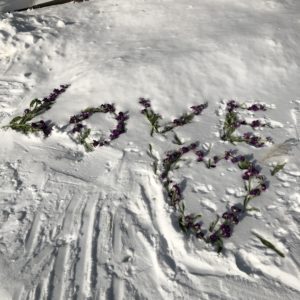

 This snow will melt. There will be more. Flexibility will always be needed. May we all have the energy, strength and courage to move with life’s changes and challenges in a way that is most beneficial to ourselves and others. May we all always be practicing students.
This snow will melt. There will be more. Flexibility will always be needed. May we all have the energy, strength and courage to move with life’s changes and challenges in a way that is most beneficial to ourselves and others. May we all always be practicing students.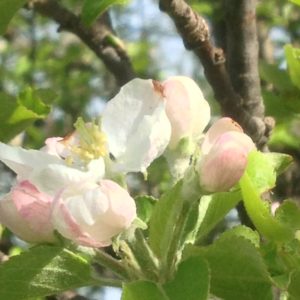
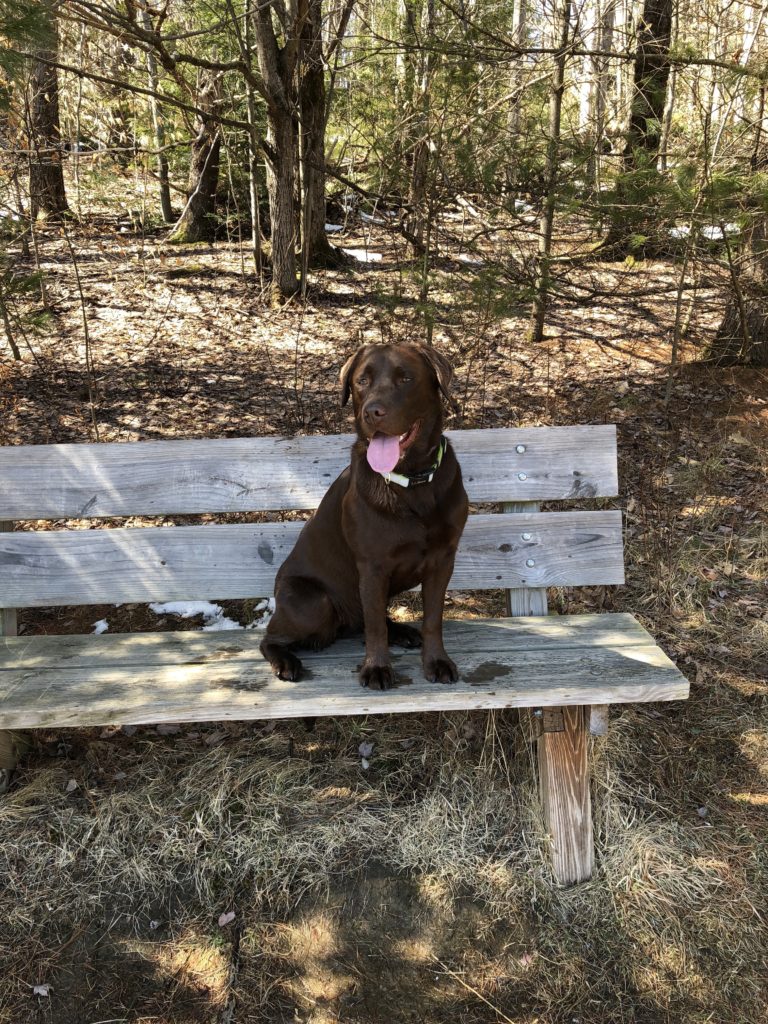

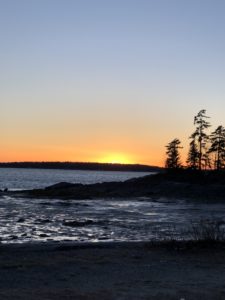

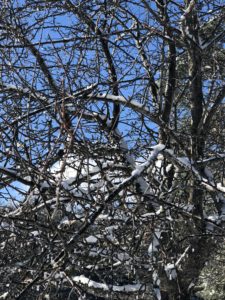 Each January 1st I ask my clients to hone in on a goal or two for the coming year – specific and attainable. This year the stars came out and I was able to post an entire board of wonderful, meaningful and achievable goals.
Each January 1st I ask my clients to hone in on a goal or two for the coming year – specific and attainable. This year the stars came out and I was able to post an entire board of wonderful, meaningful and achievable goals.